2020 Olympic Games In Japan
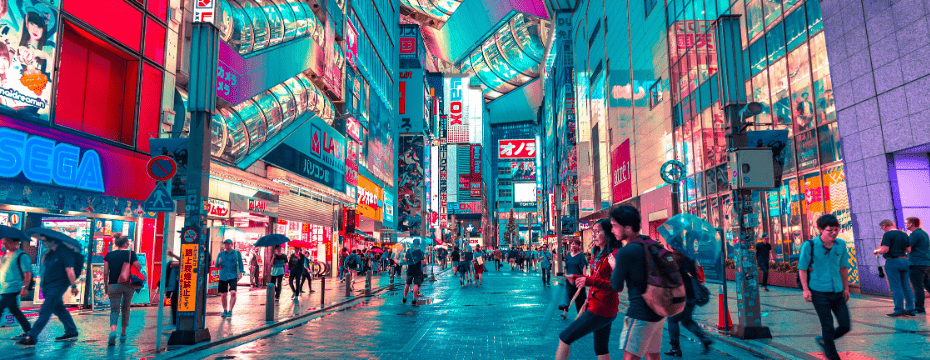
This year the 2020 Olympic Games take place in the glowing capital of Tokyo. The city’s blend of age-old traditions with its insatiable hunger for the future, makes for an alluring host ready to light up the world stage. So the question is: what do you need to know before booking your trip to the 2020 Olympics?
Table of Contents
The Olympics in Japan
Although Japan’s first go at organising the games was originally scheduled for 1940, the Second World War halted proceedings. Finally, after a 25-year wait, the Olympics arrived and signalled a new era for this war-torn country.
After hosting the Rugby World Cup with staggering success, Japan is now relishing the chance to write their second Olympic chapter. Kicking off on July 24th, organisers will use as many existing competition venues as possible; the majority of which are stadiums created for the first games. These include the prestigious Nippon Budokan for judo, the Baji Koen Park for equestrian events, and the Yoyogi National Gymnasium for handball.
The Olympic Torch Relay
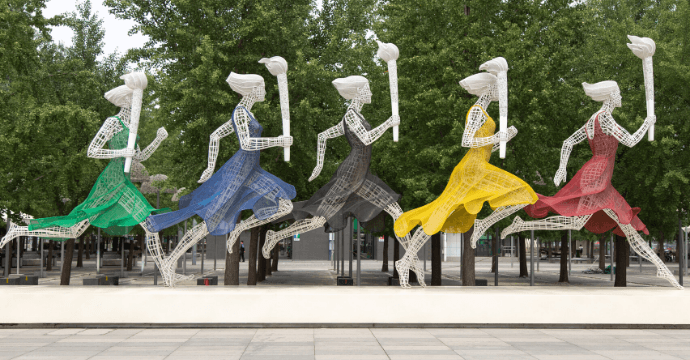
The ceremony starts on 26th March 2020 in Fukushima, and fortunately coincides with the bloom of the iconic cherry trees. The torch will then head south through all 47 prefectures (regions) of Japan before reaching Okinawa. After, the parade returns north to Kyoto and Hokkaido before bringing the ceremony to a close in Tokyo.
In addition to revving up excitement, the Torch Relay intends to show solidarity with regions still recovering from the 2011 tsunami with its slogan “Hope Lights Our Way.”
How to get tickets for the Olympics
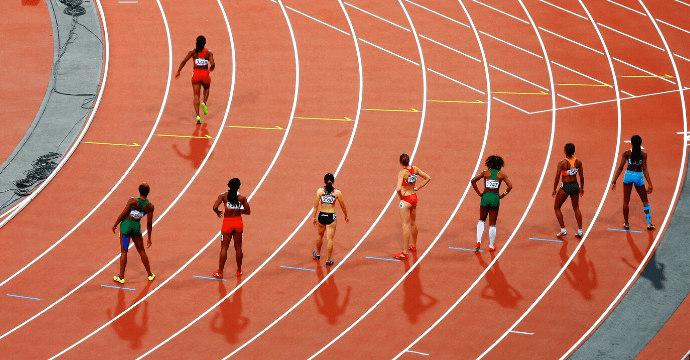
The Olympic Games in Japan feature over 339 events, covering 50 disciplines and 33 different sports. Interestingly, five new sports will make their debut: karate, surfing, climbing, baseball and skateboarding.
Initially, tickets were exclusively sold to residents on the official site; however, the last set of tickets for non-residents are currently being sold through select vendors.
What to see in Japan
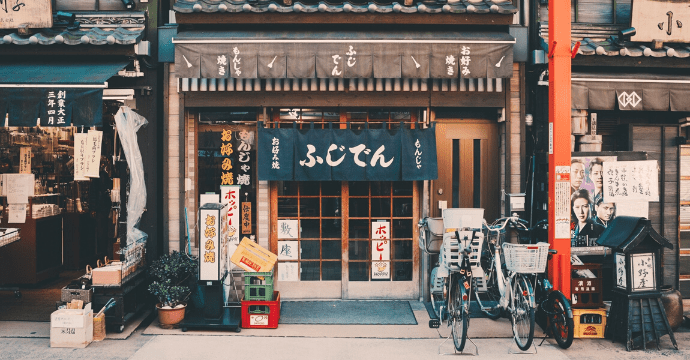
Tokyo is a treasure trove of wonder in its own right, but what else is unmissable?
Kyoto
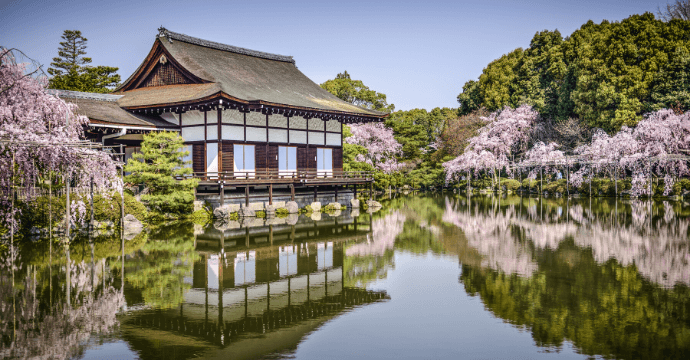
Due to is former status as Japan’s capital, Kyoto is teeming with artefacts of its imperial past. Over the centuries, this city has gone through turbulent times; Yet, because of its historical importance, it avoided the atomic bomb raids of World War II. Therefore, many historical buildings such as Nijo Castle and Sento Palace are still standing today.
For a real taste of Kyoto life head to the Nishiki Market. Locally known as Kyoto’s kitchen, this five-block long shopping street peppered with countless shops and restaurants. Another must-do is a trek through the surreal bamboo forests of Arashiyama. Visit this national park to weave through sprawling paths lined with 30 ft tall bamboo trees, and for stunning mountain views from Tenryu-Ji Temple.
Shirakawa-go and Gokayama
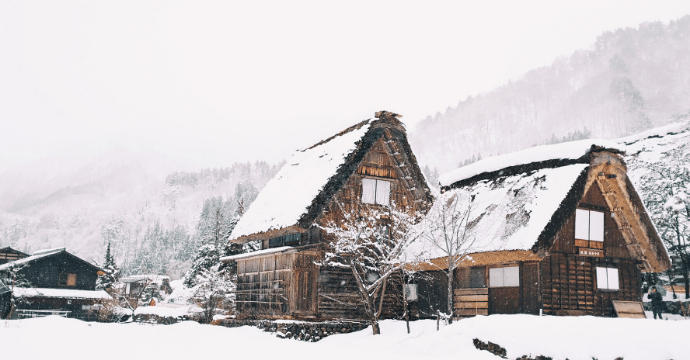
Declared a UNESCO world heritage site in 1995, these ancient villages are famous for their traditional gassho-zukuri farmhouses built 250 years ago. As the name gassho-zukuri means “constructed like hands in prayer”, the sloping roofs were designed to look like two hands praying. Along with being a homage to the monks, the design helps the homes withstand heavy snowfall during the winter months.
Himeji Castle
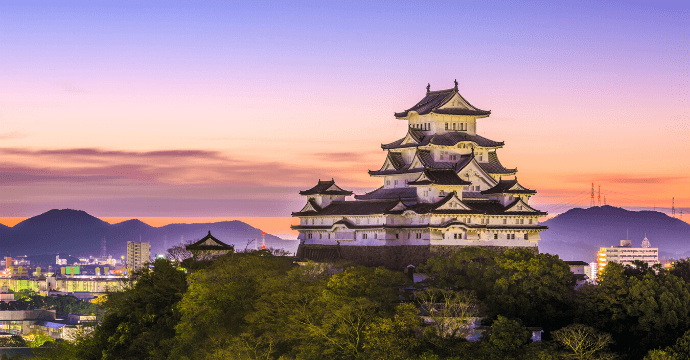
This magical castle is arguably Japan’s most spectacular, but definitely its most hardy; the UNESCO World Heritage Site has survived numerous earthquakes, fires and even wars. Fully open to the public since 2015, walk around its labyrinth of stone walls steeped in over 400 years of tradition to get a feel for life under the empire.
Now armed with the extra excuse of the Olympics, make 2020 the year you visit the Land of the Rising Sun.

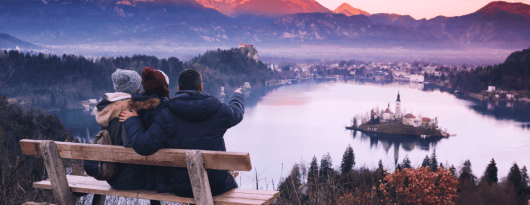
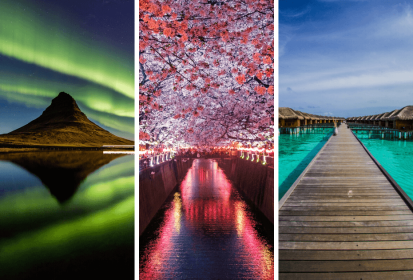

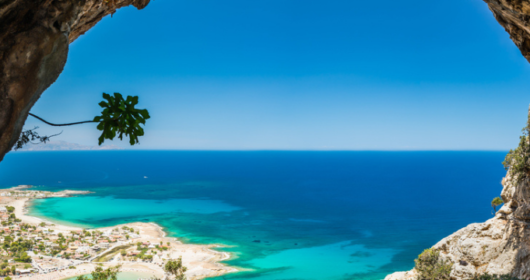

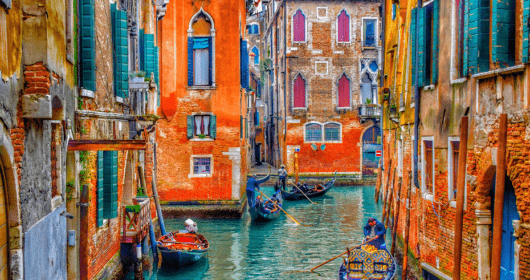
Comments are closed.